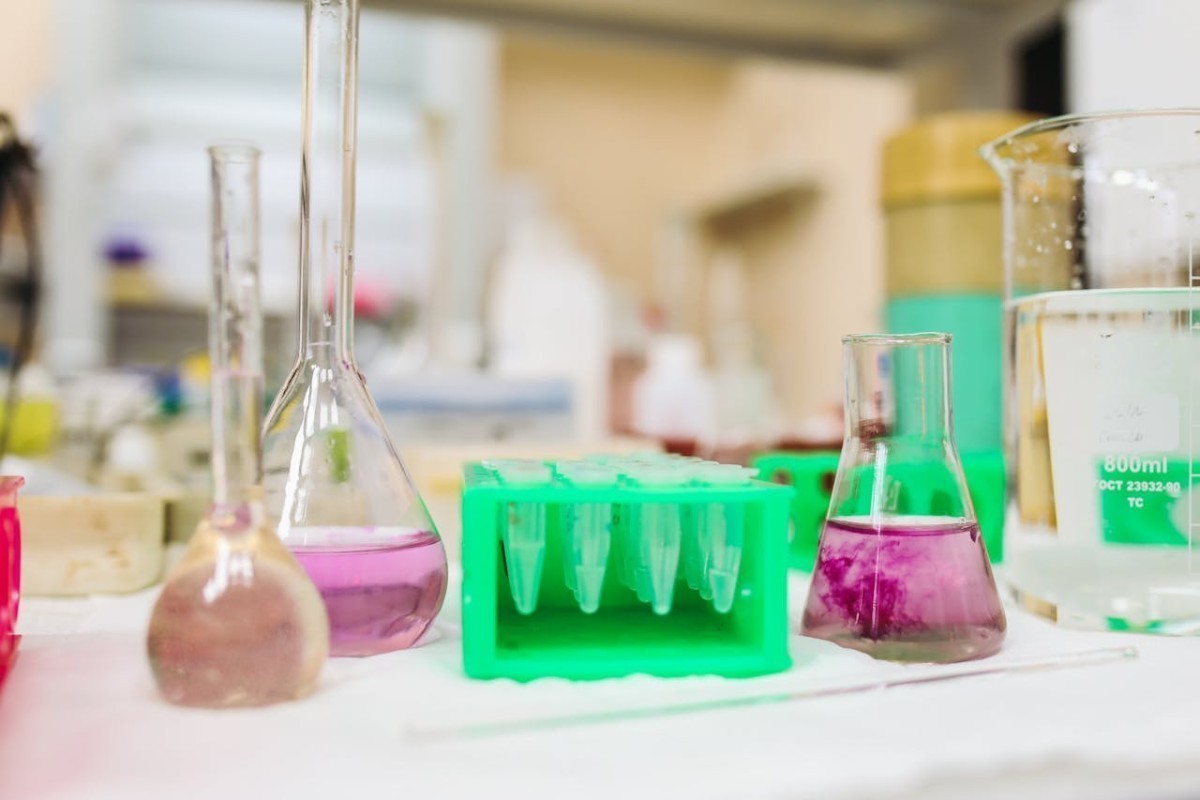The Chemistry of Everyday Life: Applications in Food, Medicine, and Industry
Chemistry isn't just a subject confined to textbooks and laboratories; it plays a pivotal role in our everyday lives, influencing everything from the food we eat to the medicines we take and the products we use in various industries. Understanding the chemistry behind these aspects can enrich our appreciation of daily conveniences and innovations. This article explores the fascinating chemistry that underpins food, medicine, and industrial processes.

Chemistry in Food
Flavor and Aroma
-
Flavor Compounds: The taste of food is largely dictated by chemical compounds known as flavor molecules. For example, vanillin gives vanilla its distinctive flavor, while capsaicin provides the heat in chili peppers. These compounds interact with taste receptors on our tongues to create the flavors we experience.
-
Aroma Chemistry: Aromas are also crucial to how we perceive food. Essential oils and esters contribute to the aroma profile of fruits, herbs, and spices. For instance, the fresh smell of citrus fruits comes from limonene, a terpene.
Preservation and Safety
-
Food Preservation: Chemistry helps preserve food and extend its shelf life through processes like refrigeration, canning, and drying. Preservatives such as sodium benzoate and citric acid inhibit microbial growth and oxidation, helping to keep food safe and fresh.
-
Food Additives: Additives such as emulsifiers, stabilizers, and thickeners improve the texture and consistency of food. For example, lecithin is used as an emulsifier in chocolate to keep cocoa and fat from separating.
Nutritional Chemistry
-
Nutrients: Chemistry is fundamental in understanding the nutrients in food. Proteins are made up of amino acids, carbohydrates consist of sugars and starches, and fats are composed of fatty acids and glycerol. Each of these plays a role in maintaining health.
-
Fortification: Fortification involves adding vitamins and minerals to foods to prevent deficiencies. For instance, iodine is added to table salt to prevent iodine deficiency disorders.
Chemistry in Medicine
Drug Development
-
Pharmaceutical Chemistry: Drug development relies on chemistry to design and synthesize new medications. Medicinal chemists create compounds that interact with specific biological targets, such as enzymes or receptors, to treat diseases. Aspirin, for example, was chemically modified from salicylic acid to become a more effective anti-inflammatory drug.
-
Formulation: Chemistry is also crucial in formulating medications. This involves combining the active drug with other substances to create tablets, capsules, or liquid forms that are stable, effective, and easy to administer.
Diagnostics
-
Chemical Tests: Chemical reactions are used in diagnostic tests to detect the presence of diseases or conditions. For instance, blood glucose tests use chemical reactions to measure blood sugar levels, which is vital for managing diabetes.
-
Imaging Techniques: Advanced imaging techniques like MRI and PET scans rely on chemical principles. For example, MRI uses magnetic fields and radio waves to produce detailed images of the body’s internal structures.
Therapeutic Applications
-
Antibiotics: Antibiotics are chemicals that inhibit the growth of bacteria. Penicillin, discovered by Alexander Fleming, was one of the first antibiotics and is based on a chemical compound that targets bacterial cell walls.
-
Vaccines: Vaccines work by stimulating the immune system to recognize and fight pathogens. The development of vaccines involves creating chemical compounds that mimic disease-causing agents without causing illness, thus preparing the immune system for future exposure.
Chemistry in Industry
Manufacturing Processes
-
Polymer Chemistry: The production of plastics and synthetic materials involves polymer chemistry. Polymers like polyethylene and polystyrene are made by linking together small molecules (monomers) into long chains. These materials are used in countless products, from packaging to automotive parts.
-
Catalysis: Industrial processes often use catalysts to speed up chemical reactions and improve efficiency. Catalysts are substances that increase the rate of chemical reactions without being consumed. For example, catalytic converters in cars reduce harmful emissions by facilitating reactions that convert pollutants into less harmful substances.
Environmental Chemistry
-
Waste Treatment: Chemistry plays a role in treating and managing industrial waste. Chemical processes are used to neutralize hazardous waste, recycle materials, and minimize environmental impact. For example, wastewater treatment plants use chemical processes to remove contaminants before releasing the water back into the environment.
-
Green Chemistry: Green chemistry focuses on designing products and processes that minimize environmental impact. This includes developing safer chemicals, reducing waste, and using renewable resources.
Energy Production
-
Renewable Energy: Chemistry is crucial in developing renewable energy sources. For example, solar panels rely on semiconductor materials that convert sunlight into electricity through photovoltaic cells. Battery chemistry is also important for developing efficient and long-lasting energy storage solutions.
-
Combustion Chemistry: Understanding the chemistry of combustion helps optimize fuel efficiency and reduce emissions. The study of how fuels burn and how to control combustion processes is essential for improving energy production and reducing environmental impact.



The chemistry of everyday life touches every aspect of our modern world, from the food we eat to the medicines that keep us healthy and the industrial processes that drive our economy. By understanding the chemical principles behind these areas, we gain a greater appreciation for the science that enhances our daily lives and contributes to technological and medical advancements. Chemistry is more than just a scientific discipline; it is a fundamental part of our daily experiences and a key driver of innovation and progress.












